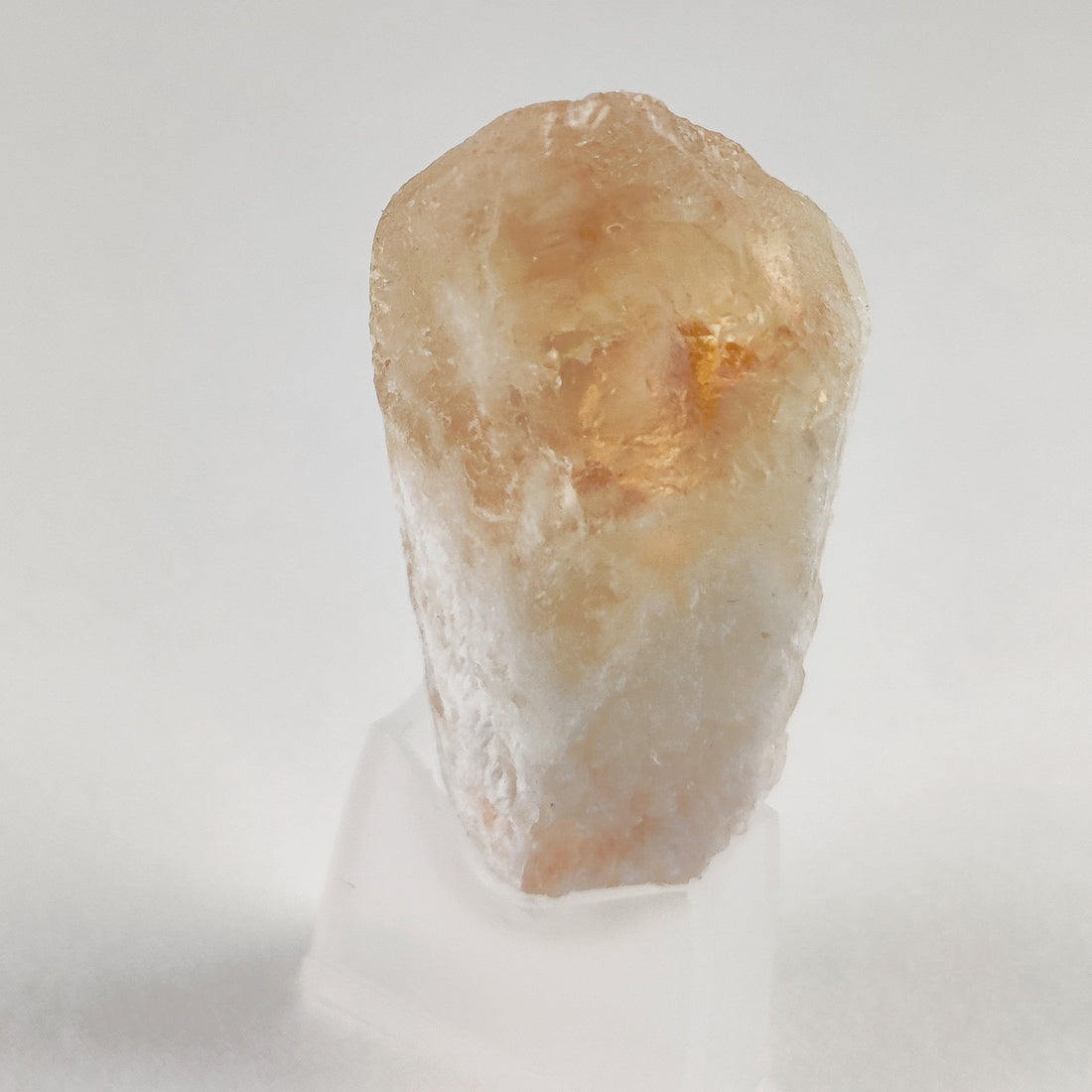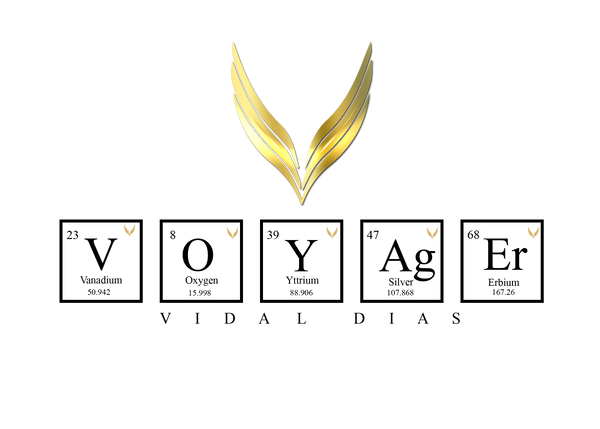|
Properties of Citrine
|
|
|
Mineral Group |
Tectosilicates |
|
Cleavage |
Indistict |
|
Chemical Composition |
SiO2 |
|
Fracture |
Conchoidal |
|
Luster |
Glassy, vitreous |
|
Diaphaneity |
Translucent to nearly opaque |
|
Color |
Colorless, purple, rose, red, black, yellow, brown, green, blue, orange, etc. |
|
Streak |
White |
|
Mohs Hardness |
7 |
|
Specific Gravity |
2.65 |
|
Diagnostic Properties |
Hardness, color, streak, luster |
|
Crystal System |
Trigonal |
|
Uses |
Gemstones, sculptures |
|
Chakras |
Sacral and Solar Plexus Chakras |
|
Zodiac |
Sagittarius |
|
Numerical Vibration |
6 |
|
Metaphysical Uses |
Citrine has been called the "success stone," the "merchant's stone," and the "money stone." Because of its yellow hue, citrine is regarded as a joyful stone whose sun-like energy will enliven individuals who work with and wear it. Note: All crystals contain energy that can be used to amplify your own intentions and manifestations through meditation and daily wear. |
| Geologic Setting: |
Citrine, amethyst, aventurine, and rose quartz are all macrocrystalline forms of quartz. The mineral is composed of silicon dioxide.
For additional information, see the page on Citrine. |


